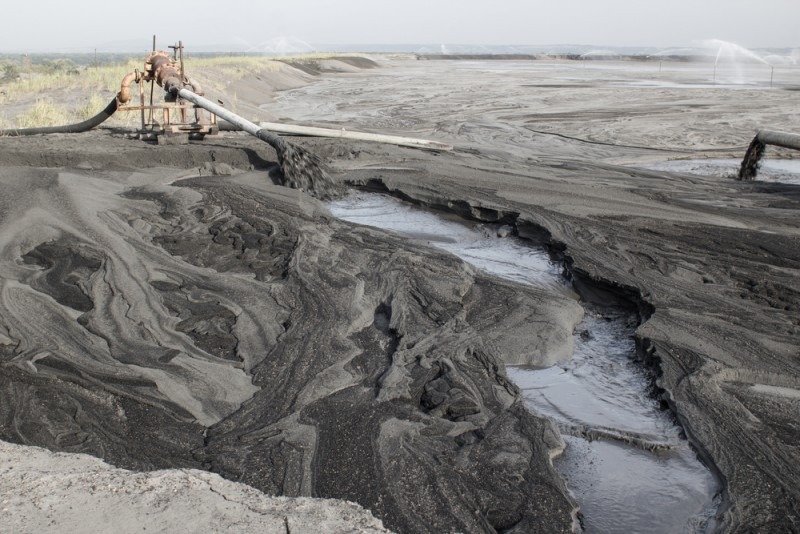Coal ash provisions weighed by Congress seen providing more certainty to utilities

Utilities say important provisions that could be included in final water resources legislation currently being negotiated by Congress would provide more regulatory certainty over the management of coal ash.
The Senate recently passed the Water Resources Development Act (WRDA), a two-year authorization of Army Corps of Engineers water projects, which contains provisions that would give states the authority to control coal ash disposal. The House version of the water bill does not include provisions on coal ash, also referred to as coal combustion residuals or CCRs.
Lawmakers in the Senate and House are working on finalizing the WRDA with a goal of approving it before the end of the year.
Duke Energy said it supports the CCR provisions in the Senate version of the bill that would allow states to create enforceable CCR permitting programs subject to Environmental Protection Agency (EPA) approval.
“CCR permit programs would provide utilities with more certainty when complying with the CCR rule requirements,” Sean Walsh, a spokesman for Duke Energy said in emailed remarks to Daily Energy Insider. “We’re hopeful that both the House and Senate can reach a compromise and the final WRDA legislation will include the CCR provisions.”
CCRs are mainly produced from the burning of coal in coal-fired power plants. Coal ash is used in a variety of different applications, including in the construction of buildings and roads.
The 2014 EPA Coal Combustion Residual Rule is self-implementing and not enforced by the federal government. It is designed to regulate the management and disposal of CCRs from utilities as a nonhazardous waste. Enforcement of the rule is achieved only through citizen lawsuits in federal court.
The proposed CCR provisions would allow states to adopt the CCR rule criteria into their existing state CCR permit programs, but they would need to be submitted to the EPA for approval. State CCR permit programs must be as protective as the EPA’s CCR rule to be approved.
The Senate provisions also would not preclude citizen lawsuits.
Thomas Adams, executive director of the American Coal Ash Association, said in emailed remarks that if enforcement actions are left solely to federal courts, decisions could vary widely between districts.
“Since this does not affect beneficial use of CCR, we are not taking a position beyond acknowledging that enforcement by environmental professionals at the state level is preferable to enforcement through judges in federal district courts across the land who may be great judges/lawyers but poor scientists/engineers,” Adams said.
“As a matter of good public policy we hope the Senate proposal becomes law,” he added.
Edison Electric Institute President Tom Kuhn said in a statement after the Senate passed its bill in September, “As the EPA’s coal ash regulation goes into effect and the industry begins to close coal ash basins, these legislative provisions will enable states to be more involved in the permitting process for the closure of basins.”
“Permanently closing basins in a manner that puts safety first, protects the environment, and minimizes impacts to communities and customers is vitally important to our industry,” Kuhn said.
Charlotte, North Carolina-based Duke Energy is working to close coal ash basins safely and to limit disruptions to communities and manage costs.
“Since 2015, we’ve excavated and moved more than 4 million tons of ash in the Carolinas to lined facilities,” Walsh of Duke Energy said. “We are also working to recycle as much coal ash as practical and are planning to reprocess about 900,000 tons of additional material annually for use in concrete.”
In 2015, 52 percent of the coal ash produced in the United States was recycled, up from the previous year’s record of 48 percent, according to the American Coal Ash Association. That equates to 61.1 million tons of coal ash that were beneficially used last year out of 117.3 million tons that were produced.
